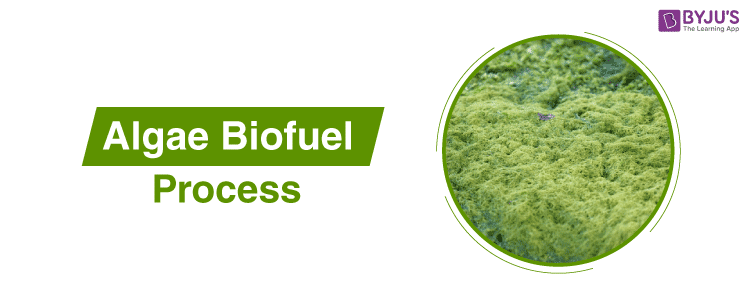
Objective
Algaes are organisms which are commonly found in most aquatic environments. The large type of multicellular algae resides in ponds and also in the oceans. Microalgae are the tiniest unicellular organisms which develop as suspensions in the water, and they can be measured in micrometres. The aim of this experiment is to measure the number of Calories present in algae samples which are obtained from various environments and also to compare the quantity of oil that is present in each of the samples.
Requirements
- Food calorimeter
- Collection jars
- Algae
- Notebook
- Microwave oven
- Filter papers
- Thermometer
Procedure
- Build a food calorimeter, or even you can purchase it.
- Collect different samples of algae from different sources like ponds, oceans, marshes, or even swamps. Then, store these algae specimens in a jar which is filled with some water.
- Note conditions in the notebook as to from where you have got the samples
- Also, record these conditions that had placed a growth stress on these algae.
- Make a hypothesis predicting which sample of algae contains more oil
- Take off the water from the specimen containing the algae by heating it in the microwave oven. Make sure you do not burn any of the algae
- Measure about equal quantities of each kind of dried algae
- Later fill up the water chamber of the calorimeter to the calibration point. Then measure the water temperature
- Burn algae sample (anyone) in the calorimeter chamber, thus allowing the heat which is produced by combustion in order to heat up the water.
- Continue the process of burning till the samples get reduced to carbon.
- Then, measure the temperature of the water after the completion of the burning up of algae.
- Compute the number of calories that are produced by the burning of algae.
- Repeat this process for each of the samples of algae
- Now, differentiate between the number of calories that are produced by burning up each of the samples of algae
- Assess this hypothesis in light of your experiment.
Conclusion
Algaes require water, sunlight, and nutrients, along with carbon dioxide, in order to grow. Through the photosynthesis process, algae convert carbon dioxide into glucose. This glucose is broken down into some fatty acids, which under normal conditions, are used for the production of membranes for the new algal cells. When these algae are starved of nutrients, then the fatty acids in them produce fat molecules, which are nothing but oil or fuel. Most algae do not produce much oil unless & un-till they get physiologically stressed or, say, when they do not get their basic requirements which are necessary for growth.
For more information on CBSE exams, syllabus and notifications, stay tuned with BYJU’S. At BYJU’S, CBSE students are also provided with the latest sample papers, question papers, worksheets and other exam materials to help them learn in a better way.
Comments